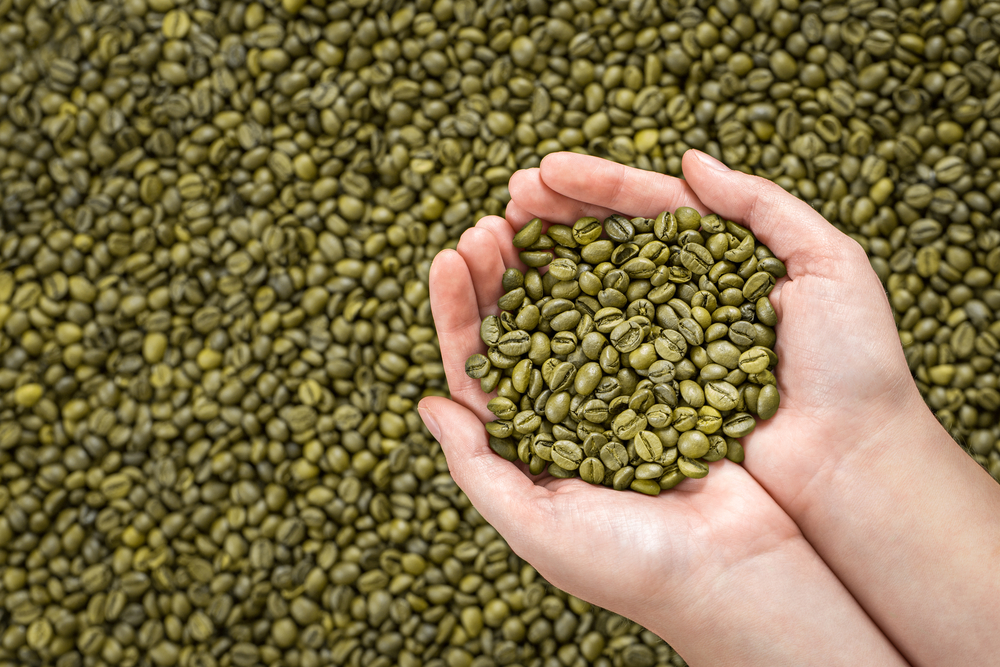The Global Market for Coffee

Chances are strong you may drink your weight in black gold every day without ever stopping to consider where it comes from, how it gets to your local grocery store or coffee shop, or why it costs what it does. After all, coffee is the third most popular beverage in the world, after water and tea. And coffee is also the world’s second most heavily traded commodity, after crude oil.
It is a large and, some might argue, integral part of the world economy, as well as the economies of several equatorial nations circling the globe.
While the economics of coffee are complicated, it doesn’t take a PhD to understand the basics of production, distribution, processing, packaging, and sales. And, as they say, a little understanding goes a long way. Here’s a brief, basic guide to the world economics of coffee, and how each stage of the process affects the price and quality of the finished product you pour into your mug every morning.
Production of Coffee
Coffee is not at bean, as most people think of it. Coffee beans are actually the pits of a berry that is called a cherry, which grows on bushes that will only produce if grown in a relatively narrow tropical band spanning the globe along both sides of the equator.
Coffee benefits from being grown in shade, and all the best coffees are grown in a manner that makes other monoculture challenging. Once the cherries are harvested, they are fermented and processed to extract the green coffee beans.
Coffee Distribution
The green coffee beans are bagged in large quantities and either shipped directly to coffee companies in other parts of the world (direct trade programs) at a premium price that allows the farmers to live above the poverty line, or to coffee brokers at whatever price the world commodity market dictates—usually considerably less per pound than direct trade or fair trade programs. The brokers then deliver the coffee to whomever purchases it from the commodities market.

Processing, Packaging and Sales of Coffee
Coffee companies, whether they buy coffee from the open market or directly from individual farmers or co-ops, receive large sacks of green beans and process them by roasting, blending, flavoring, grinding, extracting the caffeine, and so on.
Then they package the coffee for either direct sale to the public through neighborhood cafes and coffee shops, or for retail distribution. Retail distribution may again, in some cases, take the coffee on another worldwide journey to the retail outlet nearest you.
The Economics of Coffee in a Nutshell
Well, there you have it in a stripped down, nutshell-type, version—the economics of coffee. Like any other foodstuff, coffee is grown, processed, distributed, processed, distributed again, and sold for consumption, with each layer of the chain adding value and expense along the way. Think of that next time you are sipping your favorite beverage.
